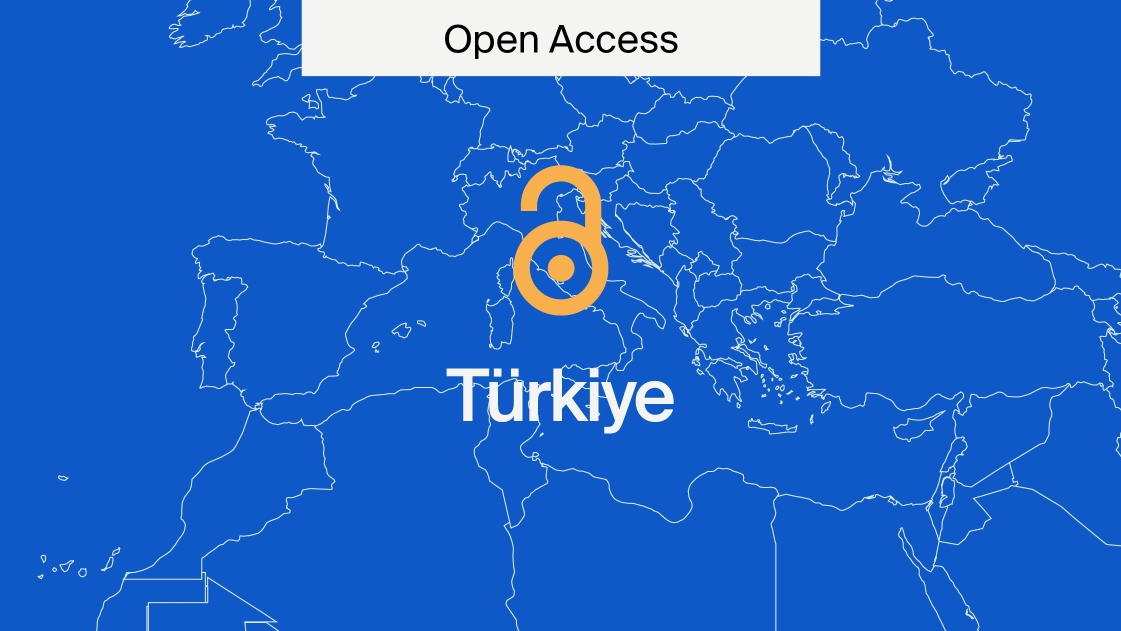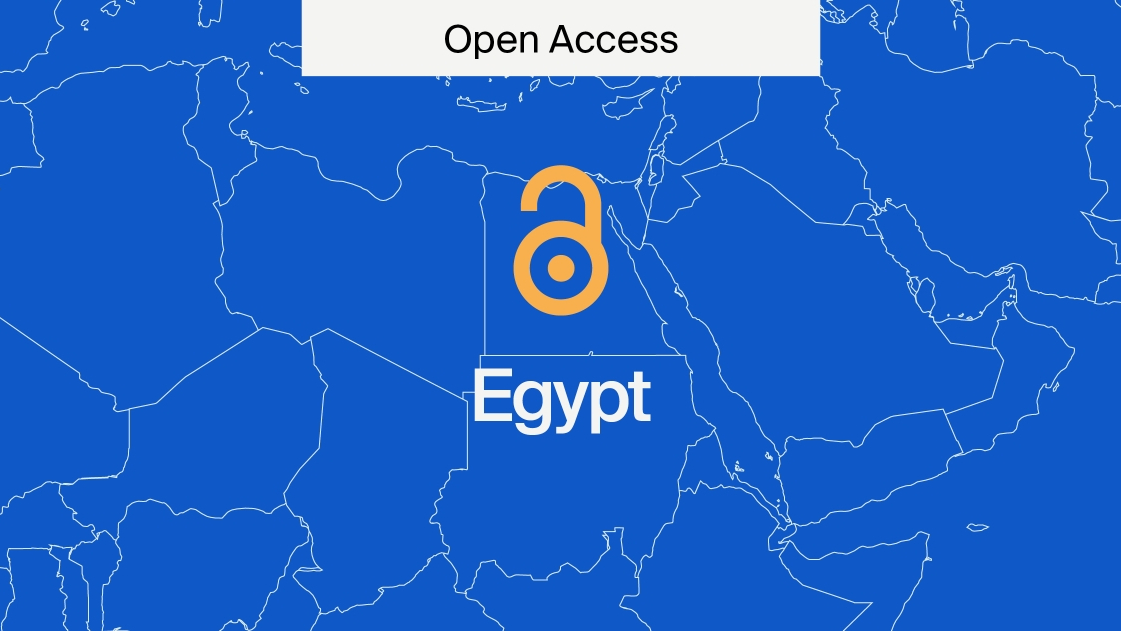
How to Choose an Open Access Journal
Many scholars like the idea of Open Access: it gives the widest possible audience for their work, including other scholars, practitioners, and the general public. However, the problem is that their field can be dominated by a few, well-renowned subscription journals, and that some Open Access options seem like a risk or a step into the unknown. Combined with the existence of unscrupulous publishers with low-quality thresholds, it is an easy option to stick with what is familiar and avoid facing how to choose an Open Access journal.
Several efforts have been made to address questions of trust in Open Access publishing. So, here are a few that can help to when deciding whether a journal you are interested in submitting to is trustworthy.
Think. Check. Submit.
We have written about this initiative before. Instead of listing approved journals, Think. Check. Submit puts the decision in the hands of potential authors by giving a few simple criteria that can be used to rate journals. These include aspects like checking with colleagues, looking at the editorial board, and reading some of the journal’s published papers. We recommend this process to authors.
Quality Open Access Marker
QOAM is a platform that provides ratings on journals. This platform has an impressive number of ratings from scholars in many different fields. You can compare their experiences of having published in the journal and how they rate information on the journal website.
Directory of Open Access Journals
DOAJ is an excellent and rapidly growing database of Open Access journals that have been screened against the inclusion criteria.
Open Access Scholarly Publishing Association
OASPA is not a journal whitelist, but its membership requires that publishers meet certain standards. Moreover, OASPA investigate cases where these are not met. Membership is certainly a positive sign.
How to choose an Open Access journal
Finally, we advise that you use more than one criteria. If something is not clear, then get in touch with the editor: if they give a quick and satisfactory response, it is also an indication that they are working responsibly. MDPI is here to support you in publishing Open Access. We have plenty of articles on Open Access if you’d like to learn more.










